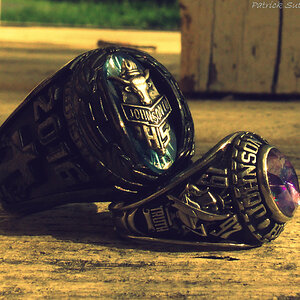Fleetwood271
TPF Noob!
- Joined
- Sep 5, 2010
- Messages
- 314
- Reaction score
- 3
- Can others edit my Photos
- Photos NOT OK to edit
When I bought my Nikon D90 in January of 2010, it came with one 16GB SDHC memory card. It has always performed perfectly.
Recently, I was asked to shoot some photos for a friend and his girlfriend. I started thinking of all the things that could go wrong, and one thought I had was, "what if my memory card fails?
Got me to thinking...do memory cards have a life expectancy? I have used this same one since Jan of 2010. Never had a problem. But should I replace it soon? Any evidence out there that says cards fail after a certain of years, or after being formatted 200 times, or 500 times?
Recently, I was asked to shoot some photos for a friend and his girlfriend. I started thinking of all the things that could go wrong, and one thought I had was, "what if my memory card fails?
Got me to thinking...do memory cards have a life expectancy? I have used this same one since Jan of 2010. Never had a problem. But should I replace it soon? Any evidence out there that says cards fail after a certain of years, or after being formatted 200 times, or 500 times?




![[No title]](/data/xfmg/thumbnail/37/37113-886cb28b1e3fb197bdd00a9148269407.jpg?1619737882)


![[No title]](/data/xfmg/thumbnail/37/37136-40f690dc7da693c09d7c99c3782954b8.jpg?1619737884)


![[No title]](/data/xfmg/thumbnail/31/31041-5783ca3812325c3201a2dd513def662d.jpg?1619734584)
![[No title]](/data/xfmg/thumbnail/37/37135-37494dce30fd59534347332f715b7f8c.jpg?1619737884)


